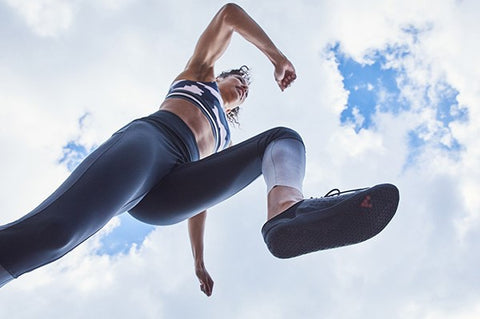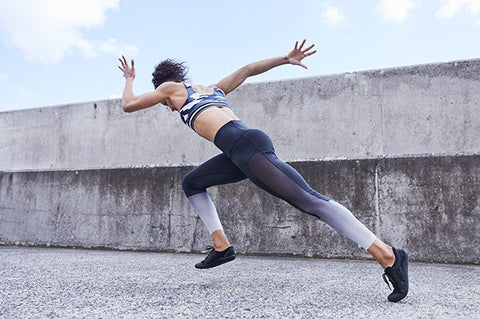As a result of the enforced COVID-19 restrictions, including gyms and health clubs shutdowns, we’ve noticed a lot more people running outside in the last week. Perhaps you are one of those people swapping your treadmill for the road, or just giving it a go for the first time?
Today's blog is providing expert advice from Osteopath Dr Wei Yng Chua, about Correct Running Technique.
Dr Wei Yng Chua graduated with a Master in Osteopathy from RMIT University in 2009. Since graduating, the majority of her postgraduate training has been in Biodynamic Cranial Osteopathy. Wei has completed Phase 1 - 9, as well as Pediatrics. She has also studied other osteopathic techniques like visceral osteopathy and JEMS Movement EASE to help provide patients with individualised rehabilitation and movement advice.
Here is what Wei had to say about running techniques…
"No matter what sort of runner you are or what sort of shoes you wear, good running is all about spreading the load more evenly through your whole body. Here are some simple tips to help you run more efficiently and prevent foot, knee and hip injuries."
 Image: VIVOBAREFOOT
Image: VIVOBAREFOOT
Tip 1. How quietly can you run?
If you are stomping, this means that your body has to store all that force somewhere, and this can result in loading up the achilles, knee and/or back. Running quietly allows you to utilise the natural spring in your tendons and muscles to recycle the momentum for your next step.
 Image: Vivobarefoot
Image: Vivobarefoot
Tip 2. Shorten your stride.
Again, we want to lessen our impact on the ground. When you land on your heel, it is a smaller surface area of your foot compared to the ball of the foot and the toes. If you take smaller steps, you can land on your mid or forefoot and then you have access to all your foot muscles and the plantar fascia to act as a spring to propel you forward.
 image: VIVOBAREFOOT
image: VIVOBAREFOOT
Tip 3. Is your hip over your foot when it lands on the ground?
Running, when we slow it down, is essentially alternating single-leg balance. If your hip is directly above your landing foot, then the other leg doesn’t have to push off as hard to take the next step. People who sit all day often end up with restricted hip motion and may find that their hip is behind their landing foot when running. The proper hip position helps take the load of the hamstrings and protects them from injury.
 Image: Vivobarefoot
Image: Vivobarefoot
Tip 4. Run tall.
If your posture sinks with each step, that is more work than your legs have to do to lift you up. No wonder they get sore! I find imagery helpful to get my posture right, perhaps imagine a balloon holding the top of your head up. What colour would you like your balloon to be? Or maybe you would prefer to imagine your pelvic floor and your head as the two ends of a skinny party balloon or inner tube. I like to pretend that with every exhale, I am putting air into my balloon to keep me upright.
Tip 5. Relax your shoulders and swing your arms.
If you find that you are tensing through your shoulders, see the previous step and inflate your balloon. Arm swing is another clever way for our bodies’ store and releases energy. The rotation of our chest helps to increase our stride length without using any energy from our lower body.
If you need to see these tips in action, the article, 'Why almost everything you thought about running is wrong', is a great summary and comparison of an elite versus a weekend runner.
If you'd like more expert advice tailored to your specifics, please get in touch with Melbourne based, Dr Weiyng Chua via her website.
If you'd like to see the shoes our Sole Mechanics' team recommends, please click through for MENS, WOMENS, KIDS and remember to practise all the recommended strategies to reduce the impacts of the COVID 19 virus while staying safe and healthy.





